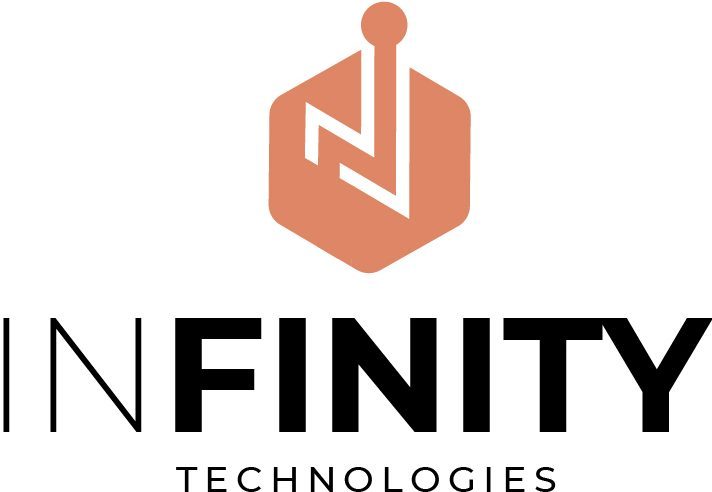5G is the rumored wireless standard that’s one step ahead of 4G. There’s been lots of talk about 5G technology, even before its official launch in various areas. With all the new features 5G offers over 4G, it’s very normal for the general public to be awaiting the arrival of this technology with great excitement. 5G is included in the most popular mobile apps, which indicates that 5G will affect all aspects of technology as we know it.
The article below will help you get to know some fascinating 5G data that can provide a glimpse of what’s in store. Market share information and 5G’s adoption rates and coverage offer businesses and consumers an understanding of how well-loved the technology is currently and will continue to be. However, expectations from businesses, consumers, and industry insiders, as well as the issues they face when using 5G, show some gaps that could hinder the complete implementation and acceptance of the latest technology.
5G Adoption and Spending Statistics
Despite the worldwide disease, 5G coverage across the world increased by a three-digit percentage. Commercial 5G is in use in numerous countries. South Korea, Saudi Arabia, and the Netherlands are the most popular countries in terms of connectivity speeds. However, China has the most coverage, based on the number of cities that have 5G.
5G can also provide a whole new realm of possibilities beyond the latest technology for mobile phones. With its faster speeds and low latency, it could lead to the use of self-driving vehicles extended real-time, augmented reality virtual reality, as well as 8K and 4K video. These technologies will also enhance the amount of devices that are connected via the Internet of Things.
5G Coverage by Country and Region
North America had a share of 89.33 percent of global LTE connections in the fourth quarter of 2020. This is closely followed by Oceania, East and Southeast Asia (78.46 percent), Western Europe (69.73%), Western Europe (69.73%)) and Latin America and the Caribbean (57.59 percent). (5G Americas and Omdia, 2021)
The government is investing heavily in 5G technology in an effort to create superconnected services for public use. For instance, China has allotted over $30 billion for research and development for 5G over the five years to come. In contrast, there is the European Commission has earmarked $1 billion to fund 5G in the Horizon 2020 project. (5G Americas, 2020)
South Korea tops the countries with the fastest download speeds for 5G with 354.4 Mbps. In contrast, Saudi Arabia has the fastest 5G peak download speed, which is 862.6 milliseconds. While the Netherlands has the fastest upload speed for 5G with 32.5 Mbps. (OpenSignal, 2021)
In Asia, 528 cities have 5G coverage. In contrast, the number of towns across EMEA that have scope for 5G. In contrast, 349 cities in America have coverage for 5G. (VIAVI Solutions, 2021)
China has the highest number of cities in which 5G service is available, in 341 cities. The next is China, followed by the US, which has 279 cities, and South Korea, with 85 cities. (VIAVI Solutions, 2021)
In 2021, coverage of 5G increased by 350%, encompassing 13536 cities in the world with 5G. As a result, 30 percent of the world’s nations are covered by 5G. In the past, it was only 378 cities in the world with 5G coverage.
Available 5G Technologies
Within the US, T-Mobile has the largest number of 5G points-of-presence (POP) with 287 POPs. The next closest is AT&T, which has 233 POPs, and Verizon, which has 231 POPs. (T-Mobile, 2021)
In the next wave in 5G’s second wave, researchers forecast an enormous growth in the number of applications that aren’t smartphones. In particular, automobile apps are predicted to increase by an increase of 285% in 2021 until 2023. (Accenture, 2020)
5G is a possibility to transform the cinematic experience using technologies such as ultra-high-end scanning and capture extended reality, real-time rendering, and AI that interacts. 58% of people said they would love to have a connected, complete, extended reality. Additionally, 84% of the respondents indicated that they would be prepared to invest in an experience. (Accenture, 2020)
55% of people are at ease with music and events that incorporate AR-based experiences. This means that 5G could alter the future of live concerts. (IBM, 2019)
49% of those who play eSports will change to a 5G network as soon as it’s made available, even if they’re not eligible for an upgrade. (IBM, 2019)
A study found that 57% of people are most excited by UHD footage (4K as well as 8K) on mobile devices. On the other hand, 45 percent are looking forward to VR entertainment applications, and 44% cited the possibility of streaming movies or videos in 3D.
The widespread adoption of VR technologies is likely to be in sync with the introduction of 5G networks. VR is expected to grow to 22 billion in total market revenues in 2024. Additionally, it will be the fastest-growing segment of media over the coming five years.
Benefits of 5G Statistics
Consumers, as well as businesses, will benefit from the 5G technology, however, in a variety of ways. In the beginning, companies can construct Smart factories that are 5G enabled. 5G is also expected to increase employment over the next 10 or 2 years. However, the major benefit to consumers is speed improvement and less latency. Additionally, many users believe that 5G is an option to replace fixed broadband.
For Businesses
In Europe, the benefits of a complete 5G implementation to open-innovation platforms is EUR46 billion. But the help of this will amount to EUR208 billion. (Analysis Mason, 2020)
The European smart production industry will benefit most from the full deployment of 5G with a value in the range of EUR90 billion. (Analysis Mason, 2020)
Businesses can reap the benefits of 5G technology in just one to three years if it is deployed on campus or in private instances. A prime example would be manufacturing settings. (KPMG, 2019)
5G technologies are expected to generate $13.2 trillion in sales-enabling in 2035. (Qualcomm, 2019)
The value chain for 5G in the world is predicted to create 22.3 million jobs by 2035. This number is 3.4 times higher than the number of employment and economic output generated in the year 2019.
For Consumers
Customers can benefit from 5G’s enhanced speed of up to 10Gbps, which is between 10 and 100 times quicker than 4G or 4.5G networks.
5G speeds enable users to download a two-hour film in less than ten seconds.
One of the major advantages of 5G is its reduced latency, which can be described as the time between the sending and receiving of information. 5G’s latency is one millisecond, compared to 200 milliseconds with 4G.
76% of people think of 5G fixed wireless connectivity (FWA) as an attractive choice for wireless broadband.
The smart rural clusters of Europe will reap the benefits of EUR73 billion, while cities with smart collections are expected to reap EUR33 billion.




